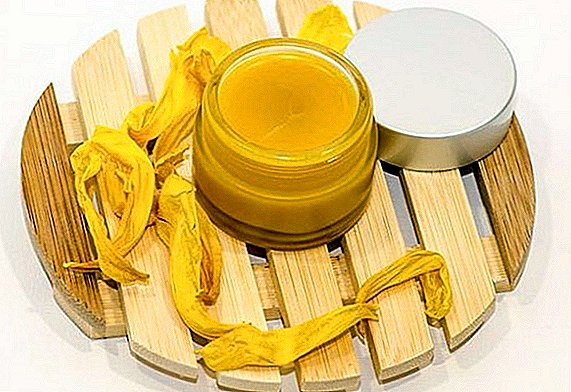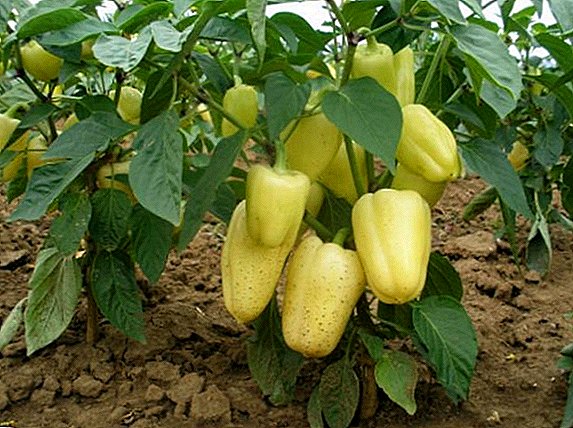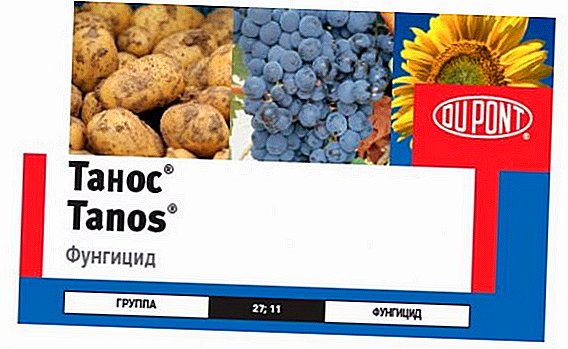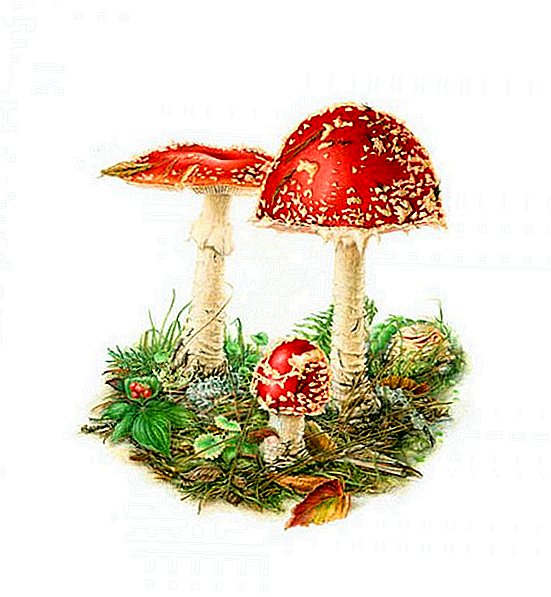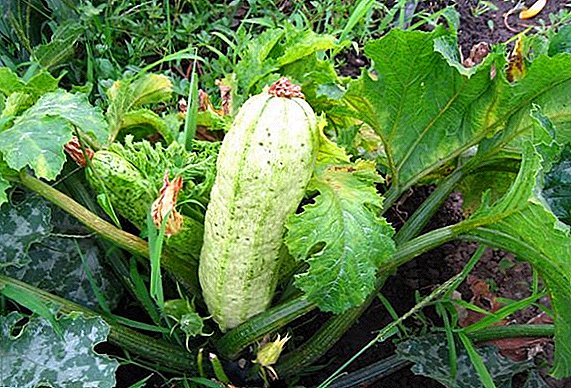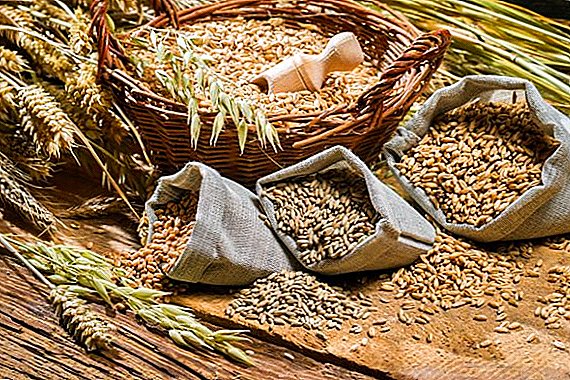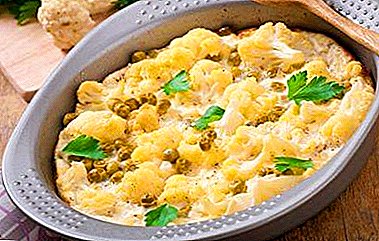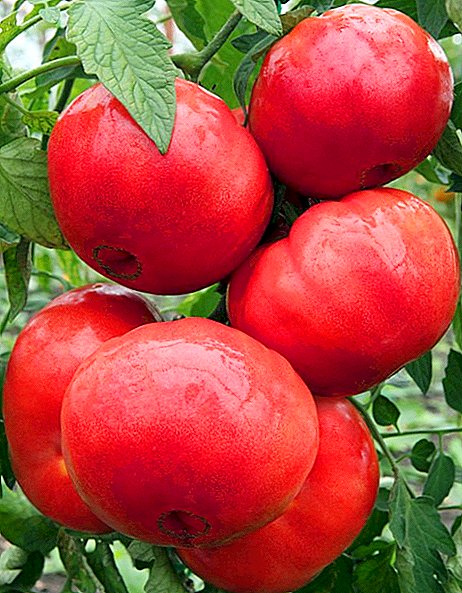 Among all the recommendations for keeping pets and birds, one is obligatory - to give clean and fresh water. The role of water in animals, how many liters a cow should drink to be healthy, and possible problems that can arise with fluid intake, will be discussed in this article.
Among all the recommendations for keeping pets and birds, one is obligatory - to give clean and fresh water. The role of water in animals, how many liters a cow should drink to be healthy, and possible problems that can arise with fluid intake, will be discussed in this article.
The role of water in animals
Water for mammals is an essential element of life. Therefore, its reserves must be constantly replenished. In cattle, it accounts for about 60% of the total body weight. It is contained in all cells, plasma, tissues. The liquid enters the body when the animal drinks, eats and the decomposition of organic matter. Its greatest amount is retained in the skin, muscles and connective tissue.
Did you know? The world record for milk yield per lactation is 30805 kg of milk. It belongs to the representative of the Holstein breed named Julian, who lives in the United States. The record was recorded in 2004. A record amount of milk in all life gave a Jersey cow breed from Canada - 211,235 kg of milk with a fat content of 5.47%, 11552 kg of milk fat in 14 lactations.With a lack of fluid in the body of a mammal, various negative processes occur:
- weakening;
- heart palpitations;
- increased blood viscosity;
- fever;
- decreased appetite;
- excitation of the nervous system;
- dry mucous membranes;
- metabolic disease;
- drop in productivity.
Only in the presence of fluid can the processes of digestion, oxidation, hydrolysis, intercellular metabolism, removal of toxins from the body occur. Water dissolves nutrients, spreads them around the body and removes unnecessary and harmful compounds from it.  With a loss of moisture in volumes of more than 20%, the animal dies. If the mammal is completely deprived of water, then it will die after 6-8 days. Starvation is carried by the body much easier than the lack of fluid. So, if the animal is watered, but not fed, then it will be able to live from 30 to 40 days.
With a loss of moisture in volumes of more than 20%, the animal dies. If the mammal is completely deprived of water, then it will die after 6-8 days. Starvation is carried by the body much easier than the lack of fluid. So, if the animal is watered, but not fed, then it will be able to live from 30 to 40 days.
Read about how to feed a cow in winter.
How much water should be given to the cow per day
How much a cow should drink per day depends on several factors:
- food intake;
- air temperature in the room and on the walk;
- humidity level;
- her own physiological state;
- from the lactation phase.
A cow per day can drink about 100-110 liters, but not less than 70 liters. Hence, in the year it needs a stock of up to 36,500 liters. This amount exceeds its body weight by 50-60 times. If you individually calculate the rate of fluid intake, depending on the amount of feed, then for every kilo of dry food you need 4-6 liters of water. If the cow is in a state of lactation, then it is normal to take into account the level of lactation. For example, if a girl gives 20 liters of milk per day, and feed consumes 17 kg, then she needs at least 70 liters of liquid per day.  Water consumption increases on hot days, in the active phase of lactation, i.e. at a time when a cow has to give more liquid with milk and sweat.
Water consumption increases on hot days, in the active phase of lactation, i.e. at a time when a cow has to give more liquid with milk and sweat.
If a cow is given juicy vegetables, water consumption may decrease. To ensure proper watering, cattle access to drinking water should be around the clock. The best option - equipment walking and barn avtopilokami. If this is not possible, then animals need to be fed 3-4 times a day, necessarily changing the contents of the drinkers for fresh liquid.
Important! The main symptoms of dehydration of an animal are: increased thirst, dry tongue and mucous membranes, reduced skin tone and intraocular pressure, thickening and darkening of urine, abdominal distension, impaired blood circulation, and general weakness.
Is it possible to give a cow to drink whey
Many livestock breeders often wonder whether it is possible to solder milk whey to the wheater and how to do it correctly. According to popular opinion, this adds the amount of milk, increases its fat content, contributes to the appetite of animals and better digestion.  The serum contains: lactose, protein (9-30%), minerals, water and dry matter (4-9%). And it is, indeed, on an industrial scale and in households used for watering farm animals. Recommended rates - up to 45-68 kg per day. Usually it is mixed into food, replacing any ingredients to obtain a balanced diet, for example, it replaces corn or mineral supplements. Also just poured into drinkers.
The serum contains: lactose, protein (9-30%), minerals, water and dry matter (4-9%). And it is, indeed, on an industrial scale and in households used for watering farm animals. Recommended rates - up to 45-68 kg per day. Usually it is mixed into food, replacing any ingredients to obtain a balanced diet, for example, it replaces corn or mineral supplements. Also just poured into drinkers.
In order to teach the wheeler to drink whey, it is necessary to limit the flow of water for 5-10 hours a day and at the same time offer this milk product to her.
Learn how to give the cow silage, potatoes, beet pulp, salt.
Farmers who feed animals with whey note the following positive points:
- Cows increase milk production.
- This supplement has a positive effect on milk quality.
- Beneficial effects on cattle health.
- The ability to use the product to balance the feed moisture.
- Supplement in meals with coarse low-calorie foods.
- The ability to reduce the cost of feed costs when replacing any other, more expensive ingredient.
What to give to drink to the cow after calving
After the cow calves down, she needs special care. This concerns including the features of its watering. There is a recommendation that, immediately after giving birth, for 30-50 minutes, the chick should be offered a bucket of water with warm salted water (10 g of salt per bucket of water).  In order for the cow to recover quickly, she is offered a drink made from oatmeal and wheat bran, dissolved in water. Proportions - 100-200 g per 1 liter of liquid.
In order for the cow to recover quickly, she is offered a drink made from oatmeal and wheat bran, dissolved in water. Proportions - 100-200 g per 1 liter of liquid.
Possible problems and solutions
If any negative processes occur in the cow's body, it starts to behave in a strange way. This may be manifested in the fact that the chick refuses to drink, drinks urine or own milk. Noticing such changes should not be ignored. It is necessary to understand the causes and eliminate them.
Did you know? The largest newborn calf weighed 112 kg, and the smallest - 8 kg.
The cow does not drink or drinks little water
There are several reasons for this situation. For example, this may occur if the animal is not comfortable with the temperature of the liquid — it is either too cold or too warm. Try to check the temperature of the water and warm it up to the state of + 12-15 ° C. Temperature should not fall below +10 ° C. The animal may also refuse to drink because of the inconvenient drinking bowl or its improper location. It should be noted how comfortable it is to consume liquid to the whelp and change the situation if there are problems with convenience.  If the cow normally consumed water and was satisfied with both the temperature and the drinking bowl, and then she abruptly began to give up drinking or reduced consumption rates, probably the reason lies in her state of health. In this case, you should observe the animal, identifying other symptoms, or seek veterinary advice. If there are no obvious causes of the disease, it is possible that the cow has a clogged stomach, there is a foreign object in the esophagus or other digestive problems.
If the cow normally consumed water and was satisfied with both the temperature and the drinking bowl, and then she abruptly began to give up drinking or reduced consumption rates, probably the reason lies in her state of health. In this case, you should observe the animal, identifying other symptoms, or seek veterinary advice. If there are no obvious causes of the disease, it is possible that the cow has a clogged stomach, there is a foreign object in the esophagus or other digestive problems.
Some farmers advise when rubbing water, rub the nose of the animal with herring and feed it for a while with slightly salted food than usual.
Important! Cows, especially after calving, should be given only warm water (+25 °WITH). In winter, it is necessary to provide round-the-clock heating of the fluid.
Drinking urine
When a cow starts drinking its own urine or the urine of other cows, it may mean that:
- She lacks fluid.
- She is deficient in salt, protein, potassium.
 To eliminate the problem, it is necessary to normalize the amount of liquid that is given per day, based on the calculation of 4-5 liters of liquid per 1 kg of milk and 4-6 liters of water per 1 kg of dry food, and also to balance the diet with substances containing salt, protein potassium
To eliminate the problem, it is necessary to normalize the amount of liquid that is given per day, based on the calculation of 4-5 liters of liquid per 1 kg of milk and 4-6 liters of water per 1 kg of dry food, and also to balance the diet with substances containing salt, protein potassium
Drinks its milk (colostrum) after calving
This situation is quite rare. Most likely, the cow does not have enough water and should increase the volume of fluid that she is given. Otherwise, there is a risk of reducing its productivity.
Find out what the benefits and harm, how to drink and what can be prepared from cow colostrum.
To summarize: a home cow, so that she feels well and is highly productive, should be offered at least 70 liters per day. A certain amount of fluid can be replaced with serum, when it enters the body, it increases the fat content of milk and milk flow improves.  The main condition for keeping cattle is round-the-clock access to fresh and clean water.
The main condition for keeping cattle is round-the-clock access to fresh and clean water.
Reviews



